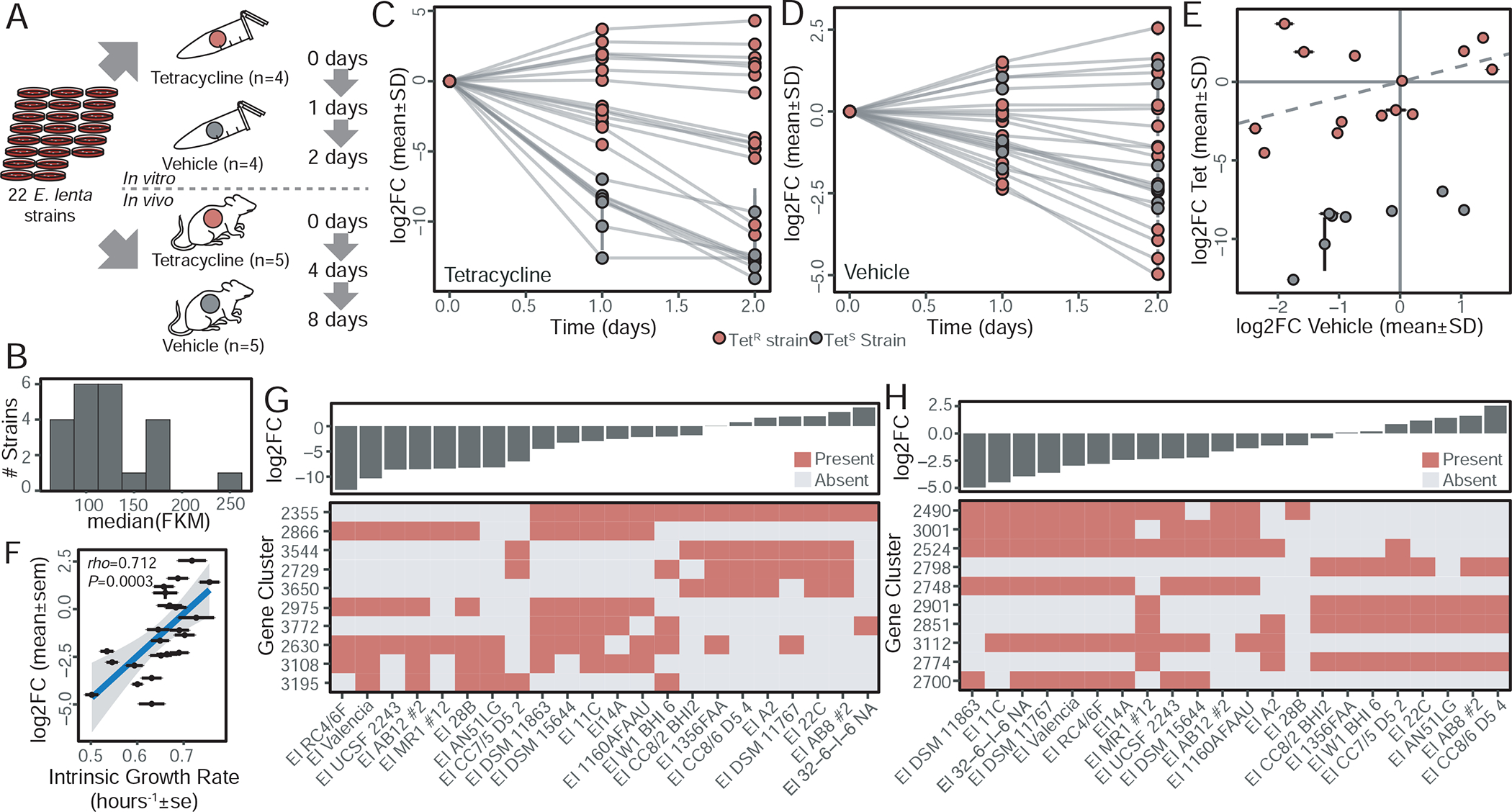Figure 6. Mapping determinants of intra-species competition in vitro.

(A) Experimental design: 22 dereplicated E. lenta strains were pooled at equal CFU and passaged in vitro and in vivo with the addition of tetracycline as a known selective pressure. (B) All expected strains were observed in the input pool with concentrations ranging from 74.3±1.7 to 238.5±18.2 fragments per thousand unique k-mers per million reads mapped (FKM; mean±sd). (C) In the presence of tetracycline (12 μg/mL), TetR strains (n=14) are enriched in the output community at the expense of TetS strains (n=8). (D) In the absence of tetracycline, reproducible differences in strain abundances were observed. (E) Correlation of growth in the presence and absence of tetracycline demonstrates consistent outcomes for extremes of TetR strains (dashed line x=y, time=1 day). (F) Bacterial abundance in the absence of tetracycline is correlated with growth rate in mono-culture, but not carrying capacity (rho=0.158, P=0.482). (G) The 10 gene clusters which are most predictive of competitive growth in tetracycline (% Inc MSE, random forest regression) shows the most predictive gene (2355) corresponds to tetW, demonstrating the validity of this method to uncover biologically meaningful predictors. (H) Gene clusters predictive of competitive fitness in the absence of tetracycline reveal signatures for both strong and weak fitness.
